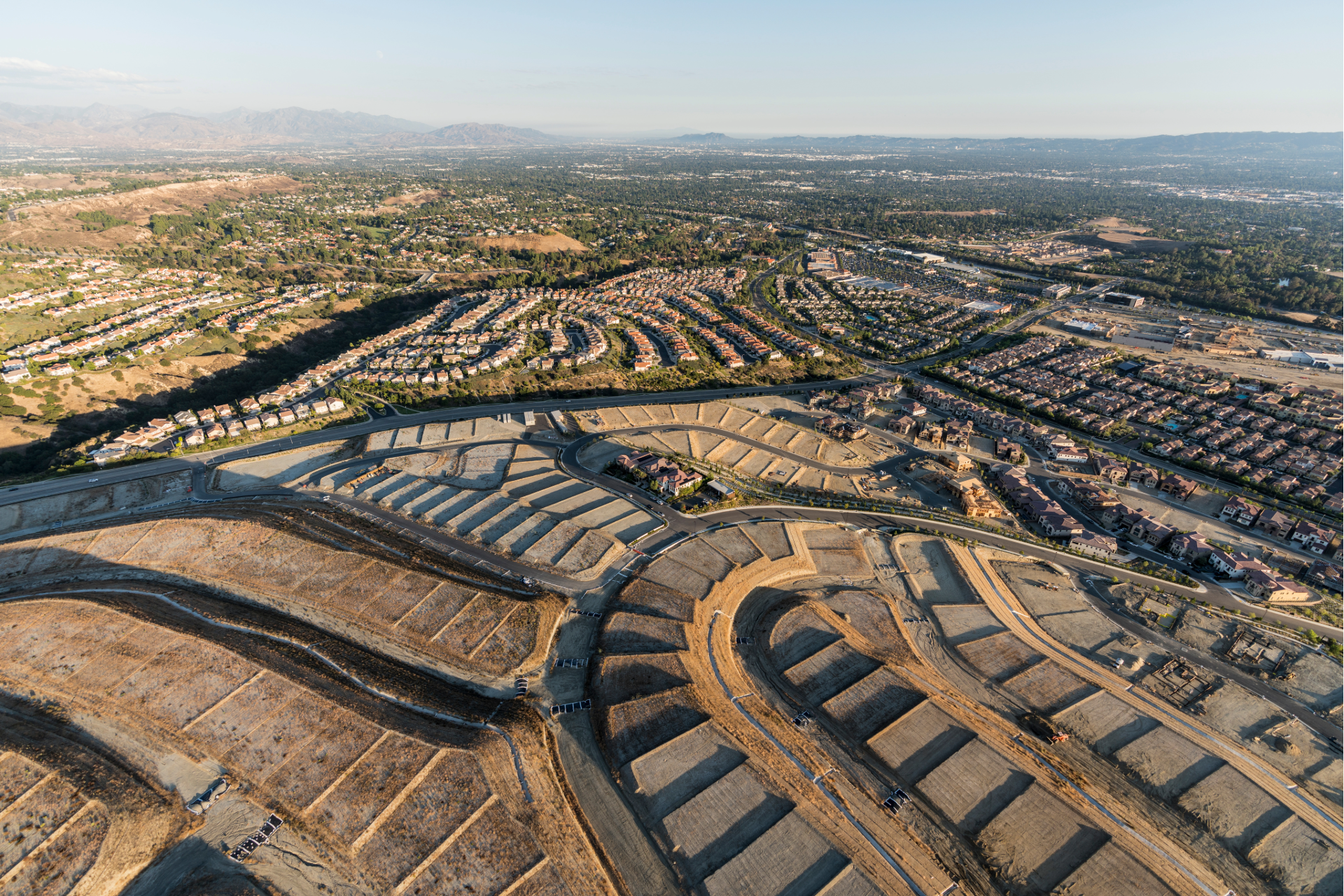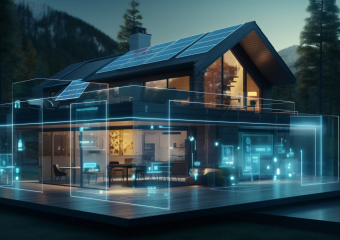Living Local: How New Developments Are Shaping Neighborhood Culture
Living local has always been about more than just residing in a specific area—it is about belonging, connecting, and contributing to the unique fabric that defines a neighborhood. In recent years, new developments have markedly influenced these local dynamics, reshaping how communities interact, grow, and evolve. From revitalized commercial zones to thoughtfully designed residential spaces, these changes are making a profound impact on neighborhood culture.
The Role of New Developments in Community Identity
At its core, neighborhood culture is a blend of history, people, architecture, and daily experiences. When developers introduce new constructions, the physical landscape of a community changes, but so does its cultural essence. Well-planned developments often bring fresh energy, services, and opportunities that can enhance a neighborhood’s identity.
For example, mixed-use developments that combine housing, retail, and public spaces create hubs where residents naturally gather. These projects foster social interactions that might not have existed before the development, knitting together diverse groups and encouraging a shared sense of place. Such environments promote a local culture rich in connection and collaboration.
However, not all new developments achieve this positive integration. Some projects can feel disconnected from the existing community’s needs or aesthetic, leading to tensions between long-time residents and newcomers. This underscores the importance of involving local voices in planning processes to ensure that growth respects and reflects the neighborhood’s character.
Economic Impact and Local Business Revitalization
New developments frequently bring economic growth to neighborhoods. When developers introduce retail spaces, cafes, coworking areas, or community centers, they provide platforms for local entrepreneurs and artists to thrive. This economic stimulation often revitalizes commercial corridors that had seen decline, making the neighborhood more vibrant and attractive.
Living local also means supporting locally owned businesses, which are crucial to the cultural heartbeat of any area. Developments that emphasize space for small businesses help preserve the unique flavors and offerings that big chains cannot replicate. In turn, residents enjoy a diverse and dynamic local economy, strengthening both cultural ties and financial resilience.
By attracting new customers and residents, these developments create a ripple effect—jobs are created, events become more frequent, and the overall quality of life rises. Moreover, when developments include affordable commercial spaces, they ensure that the livelihood of long-standing businesses is protected amid change.
Enhancing Social Connectivity Through Design
One of the most significant ways new developments shape neighborhood culture is through design that promotes social connectivity. Features such as parks, plazas, pedestrian pathways, and communal seating areas invite interaction and foster a sense of community.
Cities that encourage “walkable” neighborhoods not only reduce dependence on vehicles but also increase face-to-face encounters among residents. These interactions build trust and familiarity—key ingredients for a strong neighborhood culture.
Additionally, developments incorporating green spaces and recreational facilities support healthier lifestyles and create venues for cultural events, farmers’ markets, and festivals. These public spaces become the living rooms of the community, where celebrations, discussions, and everyday moments unfold.
Challenges and Opportunities Ahead
While new developments offer many benefits, they also raise concerns about gentrification and displacement. As neighborhoods attract investment, property values can rise sharply, sometimes pushing out long-term residents and altering the demographic makeup. This can lead to a loss of cultural diversity, which is often a foundation of neighborhood identity.
To address these challenges, developers, policymakers, and residents must collaborate actively. Strategies like inclusionary zoning, community land trusts, and affordable housing mandates can help balance growth with equity. Ensuring that developments include affordable options not only prevents displacement but also enriches the cultural mosaic.
Moreover, fostering ongoing community engagement during planning stages allows developments to better serve the people who live there. When residents feel ownership over change, neighborhood culture is more likely to flourish rather than fracture.
Conclusion: Embracing Change While Honoring Roots
Living local today means engaging with a neighborhood in transition, where new developments are both catalysts and reflections of evolving community values. These projects, when thoughtfully designed and inclusively planned, can enhance cultural richness, economic vitality, and social bonds.
The key lies in balancing innovation with tradition—embracing growth that honors the neighborhood’s roots while inviting new stories and possibilities. By doing so, neighborhoods become more than just places on a map; they transform into vibrant communities where people truly feel at home.







